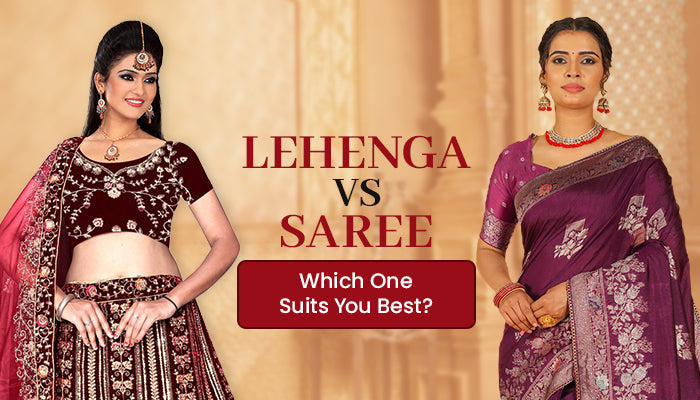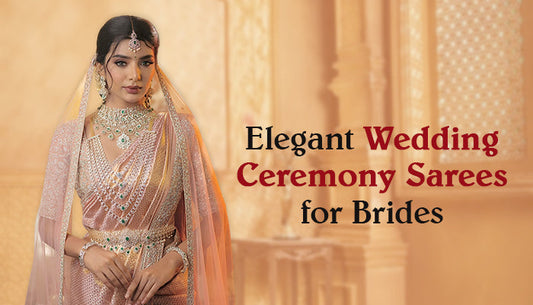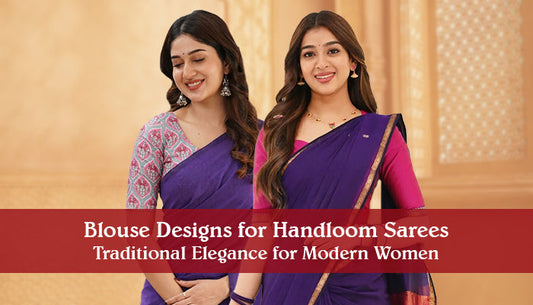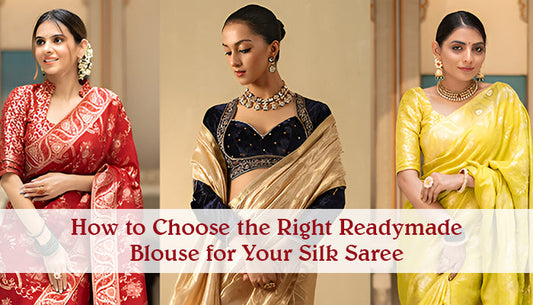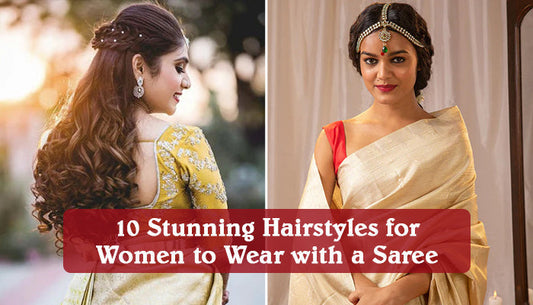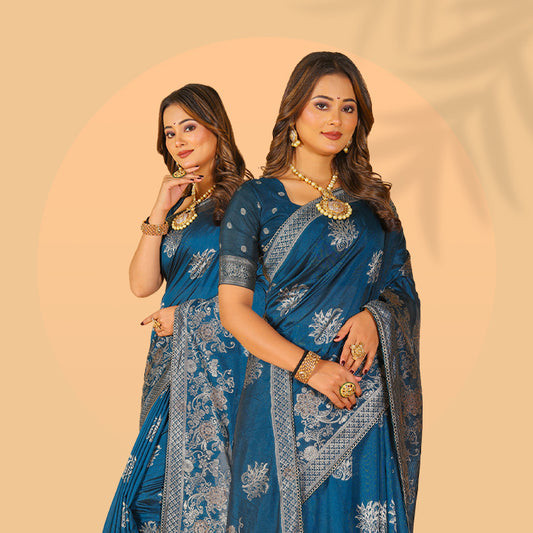When it comes to traditional Indian attire, lehenga and saree are timeless, iconic choices. Both garments embody the rich heritage of India while offering their unique aesthetic appeal. Whether you’re dressing for a wedding, festive gathering, or celebratory occasion, choosing between a lehenga and saree can feel like a daunting task. This detailed guide explores their cultural significance, suitable occasions, styling tips, and the pros and cons of each, helping you make an informed decision.
Cultural Significance
The Timeless Saree
The saree, with its origins tracing back over 5,000 years, is one of the oldest forms of unstitched clothing in the world. Traditionally a symbol of modesty and elegance, the saree represents regional diversity through varying drapes, fabrics, and designs. From Banarasi silk to Kanjeevaram, every saree tells its own story and reflects the vibrant traditions of Indian culture.
The Regal Lehenga
Unlike the saree, the lehenga became prominent during the Mughal era in India, drawing influences from Persian fashion. Traditionally a flared, skirt-like garment paired with a blouse and dupatta, the lehenga exudes grandeur and opulence. Its heavy embellishments and intricate embroidery make it a preferred outfit for brides and festive celebrations.
Both lehenga and saree are more than just outfits; they carry profound cultural and historical significance, offering a glimpse into India’s rich heritage.
Best-Suited Occasions
When to Opt for a Saree
A saree is a versatile choice for various occasions and transcends age groups effortlessly. It works beautifully for formal functions, religious rituals, or even professional settings. Cotton sarees, like Chanderis, are ideal for daytime and casual wear, while silk and chiffon sarees make a statement at weddings and evening events.
Some occasions that call for sarees include:
Traditional weddings
Religious ceremonies such as pujas
Corporate or formal gatherings
Festivals like Diwali or Durga Puja
When to Choose a Lehenga
Lehengas are synonymous with celebration. They are often preferred for grand events like weddings, sangeet ceremonies, and receptions due to their dramatic flair and comfort. A lehenga allows for ease of movement, which is perfect for dance-heavy occasions.
Some occasions that demand lehengas include:
Bridal functions (sangeet, mehndi)
Wedding receptions
Large cultural or festive gatherings
Special appearances or photo shoots
While sarees radiate timeless sophistication, lehengas exude effortless grandeur, making them ideal for occasions that call for an extra touch of festivity.
Styling Tips
Styling a Saree
The beauty of a saree lies in how it is draped. There are over 100 ways to style a saree, varying by region. However, a few universal styling tips to elevate your saree game include:
Accessorize Elegantly: Pair your saree with temple jewelry or statement necklaces to achieve a cohesive look.
Experiment With Blouses: Opt for contrasting blouses, high-neck designs, or embellished sleeveless options to add a twist.
Play With Drapes: Try modern drapes, such as the mermaid style or pre-stitched variations, for a trendy yet traditional appeal.
Styling a Lehenga
Lehengas are highly customizable, offering endless possibilities to showcase personal style:
Mix and Match: Pair a solid-color lehenga with a heavily embroidered blouse or vice versa for an effortlessly chic combo.
Focus on Silhouettes: Choose from A-line, fishtail, or circular lehengas based on your body type to enhance your silhouette.
Dupatta Drama: Style your dupatta across one shoulder or as a cape for a runway-ready vibe.
Both lehengas and sarees offer exceptional styling flexibility, allowing you to make a bold fashion statement.
Pros and Cons of Lehengas vs Sarees
Pros of Sarees
Versatility: Suitable for diverse occasions, sarees transition seamlessly from casual gatherings to grand celebrations.
Timeless Appeal: A saree never goes out of style and can be passed down through generations.
Regional Diversity: Access to a wide range of fabrics, patterns, and designs supports self-expression.
Cons of Sarees
Draping Technique: Mastering saree draping can be challenging for beginners.
Mobility Issues: A saree may restrict quick movements, especially for those unaccustomed to wearing it.
Pros of Lehengas
Convenient Comfort: A pre-stitched lehenga is easier to wear and manage, especially during high-energy events like weddings.
Contemporary Aesthetic: Modern lehenga designs blend tradition with contemporary elements, making them fashion-forward.
Variety in Silhouettes: Lehengas cater to different body types, offering a flattering fit for everyone.
Cons of Lehengas
Cost Intensive: Heavily embroidered lehengas can be exorbitantly expensive.
Occasion-Specific: Lehengas are not ideal for formal or professional settings, limiting their utility.
Understanding the pros and cons of each outfit will help you pick the one that aligns with your preferences and practical needs.
The Verdict on Lehenga vs Saree
The choice between lehenga and saree depends largely on the occasion, comfort level, and personal style preference. While sarees are synonymous with understated elegance, lehengas are designed for those grand fashion moments. Both garments hold a special place in Indian culture and continue to be cherished across generations.
If you’re attending a festive or casual event, a saree may be your go-to for timeless sophistication. On the other hand, if it's a wedding or a gala, a vibrant and embellished lehenga can steal the spotlight.
Ultimately, whether you drape a saree or twirl in a lehenga, you’re sure to exude grace and charm.
